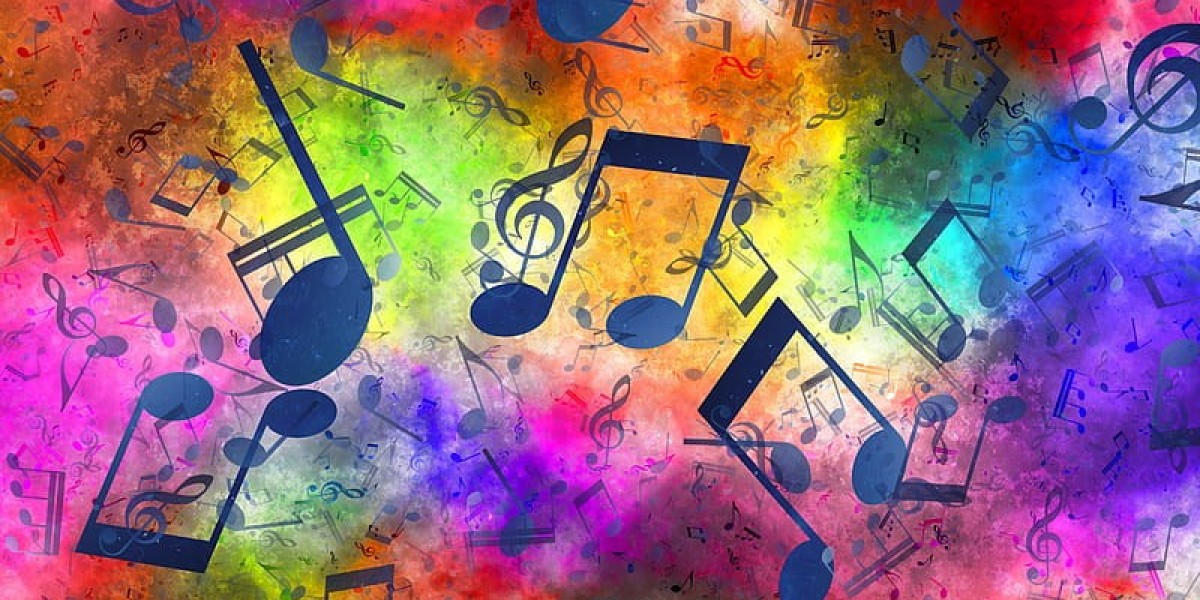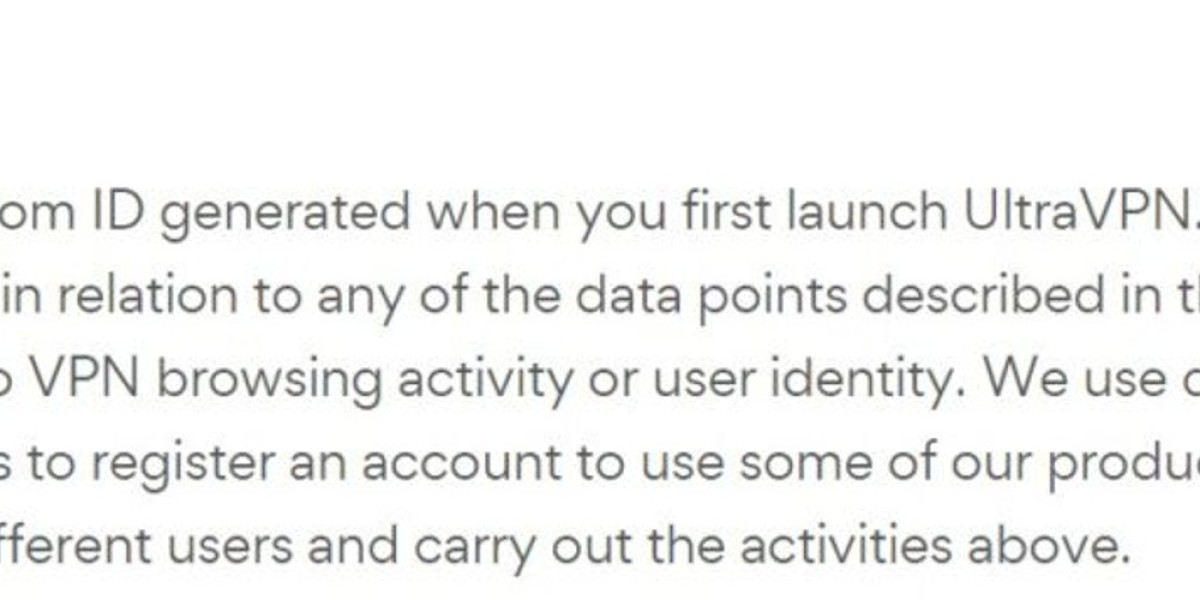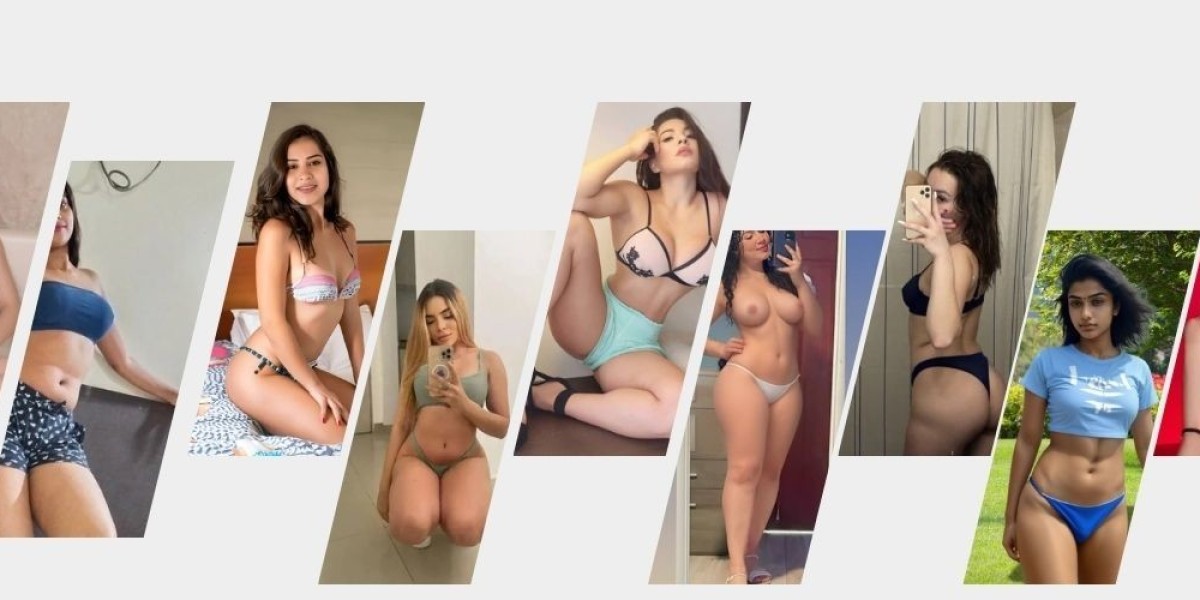In the fast-paced world of content creation, music plays a vital role in setting the tone and elevating the audience experience. Whether you’re working on a YouTube video, podcast, film, or corporate presentation, the right soundtrack can completely transform how your message is received. That’s why creators across industries are turning to royalty free background music to enhance their projects without facing legal or financial hurdles.
But what exactly makes royalty free music so valuable, and how can you use it effectively to take your content to the next level? Let’s break it down.
What Is Royalty Free Background Music?
At its core, royalty free background music refers to tracks that can be licensed once and then used multiple times without the need to pay ongoing royalties. Traditionally, music licensing worked very differently: creators had to pay royalties every time the track was used publicly. For content creators, this was expensive and impractical.
Royalty free music solves this issue by giving creators flexibility and affordability. With a one-time payment (or in some cases, a free license), you can use a track across multiple projects without worrying about copyright claims or hidden costs.
Why Content Creators Depend on It
The digital age has changed the way we consume media. With platforms like YouTube, TikTok, Instagram, and podcasts growing rapidly, creators need accessible tools to make their content stand out. Music is one of the most powerful tools in storytelling, and here’s why royalty free background music is now indispensable:
Copyright Protection
Using popular commercial tracks without proper licensing can lead to videos being taken down or even legal consequences. Royalty free tracks eliminate this risk.Affordable Access
Independent creators and small businesses often don’t have the budget to license mainstream songs. Royalty free music gives them affordable access to professional-quality tracks.Creative Flexibility
With thousands of genres and moods available, royalty free libraries provide endless options, making it easy to find the perfect fit for your project.Platform Compatibility
Social media platforms and streaming services have strict copyright detection systems. Choosing royalty free tracks helps creators avoid demonetization or muted content.
How Music Shapes Audience Engagement
Imagine a movie trailer without a dramatic soundtrack or a podcast introduction without a catchy jingle—it would feel flat. Background music does more than just “fill space”; it actively shapes how the audience interprets content.
Emotional Influence: Upbeat tunes create excitement, while soft instrumentals inspire calmness or focus.
Brand Identity: Businesses often use consistent background music to build brand recognition.
Attention Retention: Background music makes long-form content more engaging, helping viewers stay tuned longer.
Professional Appeal: High-quality soundtracks give videos and presentations a polished, professional touch.
When paired correctly, music doesn’t distract—it enhances.
Best Uses for Royalty Free Background Music
Royalty free tracks aren’t just for YouTubers—they serve a wide range of industries. Here are some of the most common uses:
1. YouTube & Social Media Content
Creators rely heavily on music to maintain audience interest. From tutorials to vlogs, royalty free tracks set the perfect vibe.
2. Podcasts
An intro jingle and smooth transitions make podcasts feel more professional and keep listeners engaged.
3. Corporate Presentations
Businesses use background music in presentations and promotional videos to communicate professionalism and energy.
4. Film & Short Projects
Independent filmmakers often turn to royalty free soundtracks for budget-friendly solutions that still sound cinematic.
5. Educational Content
E-learning platforms use subtle music to maintain focus without overwhelming learners.








